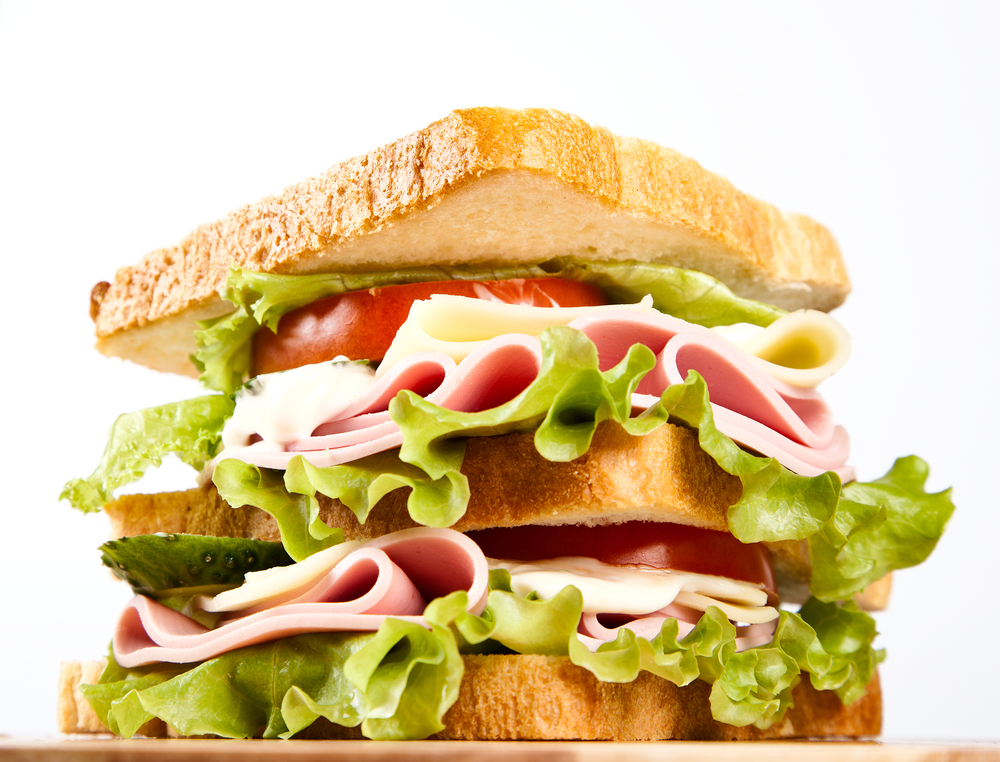School of Rock meets School of Nutrition

In the hit movie ‘School of Rock’, the plump character portrayed by actor Jack Black responds to the question “Why don’t you go on a diet?” with the honest quip “Because I like to eat!” Black’s response reflects what many Americans feel about eating – that it’s enjoyable! And why wouldn’t it be? Food is a tremendous source of instant gratification, especially when pleasure may be lacking in other areas of our lives. Food also serves as a conduit to connect with fellow humans and our surroundings. That’s partly why Starbucks, and Five Guys Burgers and Fries restaurants are so popular. If we step back in time about 100 years, most of the quest for adequate daily calories occupied a good portion of the day, and in some areas of the planet, this is still true. So, in an odd way, the abundance of food that this country is currently enjoying is just what people have been pining for throughout human existence. Coupled with the abundance, is the growth of technology that helps us plant, grow, harvest and store the food. We also have developed genetic technologies to assist plants’ growth, with reduced reliance on pesticides. So overall, there is much to be thankful for.
With this incredible bounty of crops and technology, we are reminded of the rapid rise in obesity and diabetes, and bombarded with finger-wagging messages about our consumption of sugar, fat, alcohol, chocolate, desserts, pastries, bread, potatoes, salad dressing, … fill in the blank with your favorite food. We’ve finally reached a place in human history where we can go into a grocery store and purchase a day, week, month or year’s supply of food without spending eons of time hunting or growing it; which may explain why we have an obesity and diabetes epidemic on our hands.
The November issue of the magazine Diabetes Forecast® features entertainer J. Anthony Brown, who has had type 2 diabetes for 15 years. In the article, Brown observes, “Look at a refrigerator in 1936 then look at a refrigerator today. It’s (today’s model) huge!” He goes on to mention that, “It’s a very, very tough fight to live with diabetes and eat right and get some exercise. But, the reward is…you’re going to be around longer.” Some diabetics, Brown’s father included, can’t get a handle on food intake, and suffer amputation due to poorly controlled blood sugars. Losing a limb or your life makes for a rather harsh punishment for unleashing your hedonistic appetite. It reminds me of driving up to a huge park with your tail-wagging dog, putting a leash on him, and saying, “Sorry boy, it’s a beautiful park, but you gotta stay put.”
Granted, it’s hard to teach an old dog new tricks; I peeked back in time at the first printed U.S.D.A. food guide, which was called ‘Food for Young Children,’ written by Caroline L. Hunt (possibly a relative, and published on March 4 – my birthday, but in 1916). In the guidebook I noticed a simple (yet profound) suggestion that would suit many Americans trying to manage calorie intake. Referring to a large dinner, Hunt recommends, “For little children it is usually considered wise to serve such a meal in the middle of the day rather than at night,” Hunt’s advice was leading edge nearly 100 years ago, and it still holds true today. A study recently published in the International Journal of Obesity demonstrated adults who ate their main meal late in the day, lost significantly less weight than early eaters (1).
So if we could offer Jack Black one “School of Nutrition” suggestion to manage his calories it would be: Enjoy your food, and make sure that you eat more of your calories earlier in the day. Rock on!
International Journal of Obesity (2013) 37, 604–611; doi:10.1038/ijo.2012.229; published online 29 January 2013
